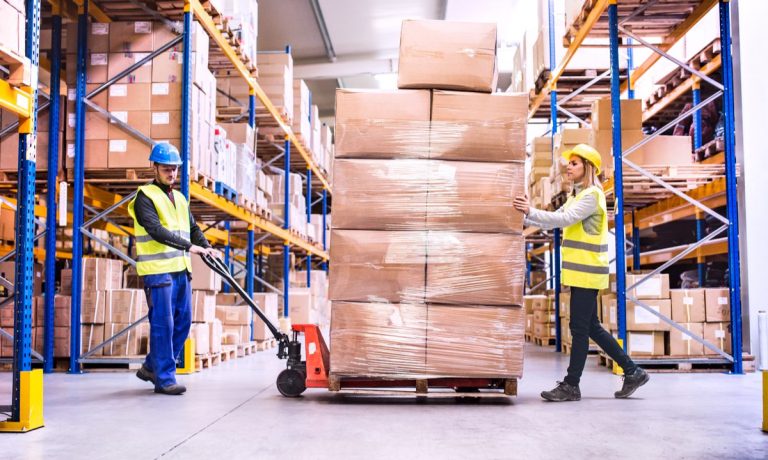The college town in the heart of Pennsylvania is the subject of a Bloomberg Businessweek piece published Monday (July 1) that examines the rise of boomtowns that have sprung up around eCommerce fulfillment warehouses.
In the case of Shippensburg, it’s the 1.8 million-square-foot Walmart center that employs more than 500 people. The community is close to Interstates 81 and 78, where more than 170 million square feet of warehouse space has been built in the last decade, per the report.
Now, a town where the three main career paths had long been farming, manufacturing or the military offers a future in warehouses. Jobs on the warehouse floor can pay up to $35 per hour, the report said, while nearby Shippensburg University offers a supply chain and logistics major.
Warehouse and storage employment tripled between 2010 and 2022, to 1.9 million employees, according to the report. The demand has gotten so high that the university began two years ago offering an online master’s degree in supply chain analytics.
Among the companies with warehouses in the region are Amazon, Procter and Gamble, DHL, FedEx, Home Depot, Kohler, Lowe’s, Office Depot, Pepsi, SC Johnson, Staples, Target, Ulta Beauty, Unilever and UPS, the report said.
Advertisement: Scroll to Continue
The national warehouse market is slowing following four years of record growth, with people buying less, said Jason Price, a senior research director at Cushman and Wakefield, per the report.
But while the industry may be facing a downturn Michael Hanes, another Cushman analyst, said in the report that in Pennsylvania, “the demand will not and has not stopped.”
Meanwhile, PYMNTS examined how artificial intelligence is transforming logistics in the eCommerce sector in a conversation with Ben Gruettner, vice president of revenue at Robust.AI.
He told PYMNTS that robots and AI, combined with human touch, can stay on top of changing end-market demands and workflows that require flexibility.
“Generative AI is arriving on the warehouse floor faster than many anticipated,” said Gruettner, adding: “There’s no either/or when it comes to workers and robots.”
Used collaboratively, just like warehouse workers use forklifts, pallet jacks and hand trucks, robots can help with “filling the job gap and helping warehouses and fulfillment centers deal with increasingly high demand,” he said.
For all PYMNTS retail coverage, subscribe to the daily Retail Newsletter.

